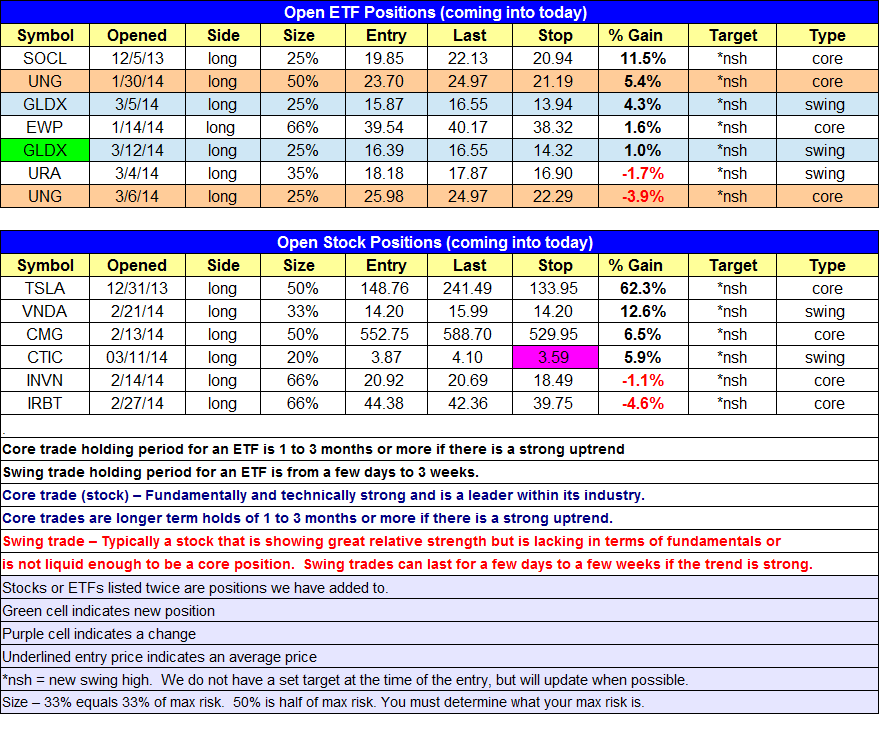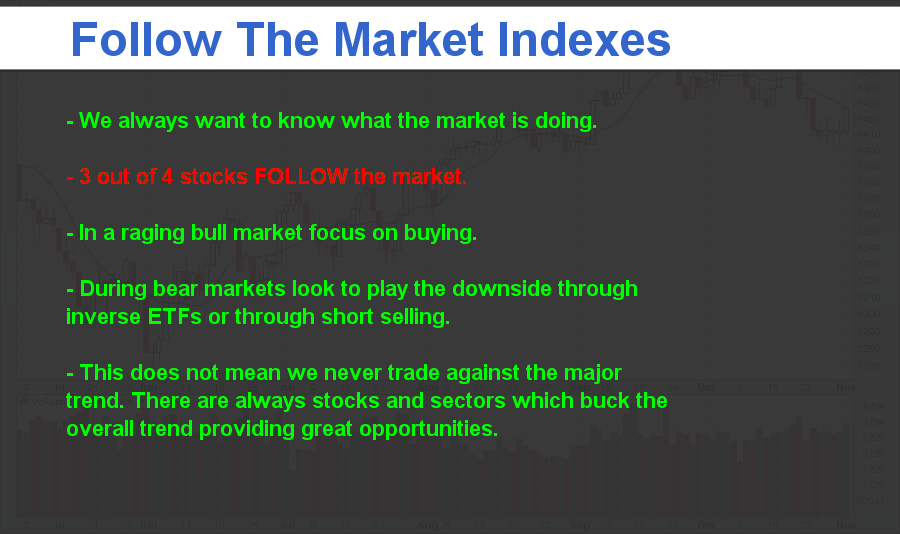ETF Trading Strategies ETF Trading Newsletter The Four Biggest Mistakes in Stock Futures
Post on: 1 Июль, 2015 No Comment

December 15th, 2013 at 11:54 am
In this series I would like to share with you the four biggest mistakes traders and investors make which costs them time, money and usually self-confidence when trading stocks, ETF’s or futures trading strategies.
The Four Biggest Mistakes
1. Lack Of A Trading Plan
2. Using To Much Leverage
3. Failure to Control Risk
4. Lack Of Self-Discipline
Throughout this multi-part series I will cover the major mistakes, why traders make them and how you can avoid them with your stock, ETF, and futures trading strategies.
While most books about trading are based on success, I want to talk about the other 90% of traders and trading results – the dark side of the business. Why? Because if you can avoid the mistakes then success should naturally happen. Trading As Your Business should not be taken lightly and it’s generally the little things (negatives) that make the biggest differences.
Part I – Lack Of A Trading Plan
Recently to took a free online course by Steve Blank. The program was called “How to Build a Startup ”. This course was really well done and if you are an entrepreneur then it’s a must do course hands down. I think it took me roughly 10-12 hours (online videos with embedded quizzes). Anyway, Steve teaches you everything you need to know and do before starting any type of business and why so many individuals fail to succeed.
The #1 mistake made by traders is because they have no trading plan to guide them through the financial market place. A surprisingly high level of traders enter the market without a clear strategy on how they will trade in and out of the market. Most traders are so excited to start trading they simply skip the process of creating, building and testing a stock, ETF of futures trading strategy before they actually start trading with real money and why there is a high rate of failure.
If you take great pride in your trading and truly want to succeed over the long run, then I am sure you find yourself as I do, constantly consumed by monitoring your trades and strategies to be sure the process is executed correctly. If this is you, then congratulations, you are rare and likely making some big money.
Why Do Trades Make Mistake #1?
The main reason individuals trade without a plan is because of the allure that making money in the market can be quick and highly profitable. Many people just do not want to “waste” time planning to trade when they can just pull the trigger to buy and sell within minutes of opening a trading account.
This mind set is understandable. We are all guilty of tossing a product manual to the side and just try to build or use a new product without learning how it works, only to realize hours or days later we are reading the manual because we made some mistakes…
Let’s face it, with so many marketing ads hitting our inbox each day, and books talking about how traders are turning $10,000 into $1,000,000 in less than a year most novice traders will get fired up and start trading before they are truly ready.
Stock ,ETF and Futures Trading Strategies Brutal Truth You Don’t Want
As with any business or professional to be a success a great deal of hard work is typically involved. First of all it is not easy to build a successful trading plan. And then if you can do that, then you need to follow the plan, which is actually even harder. If you want to be a successful trader then you better be prepared to pay the price in terms of time and money.
How to Avoid Mistake #1 There are only two ways around making this mistake
Avoidance Method 1 - The first is to devote as much time and energy needed to develop a detailed stock, ETF or futures trading strategy that addresses all of the key elements of a successful trading plan and system and still knowing that this will BOT guarantee your success.
The Key Elements That Must Be Mapped Out
How much money can you afford to lose/trade without affecting your lifestyle?

What market/s will you trade?
What trading time frames works best for you?
Day trade, swing trade, investing, manual order entry, automated trading system?
What will your criteria’s be for entering a trade?
What will your criteria’s be for exiting a trade with partial profits?
What will your criteria’s be for getting stopped out of a trade gone bad?
What time frame chart will use base the trend of the market on for you trades to follow?
How will to manage positions by letting your profits run and by cutting losses?
Avoidance Method 2 – The second and fasted growing route traders and investors are going is to buy or subscribe to ETF Trading Strategies. or Futures Trading Strategies and fast track the process to hopefully make money trading with the least amount of effort, the lowest amount of downside risk for their capital and being 100% hands free.
Part I Conclusion:
I hope this short report helps you see the light at the end of the very long tunnel of creating, building and following a trading plan. Without this first step/blueprint you are doomed from day one.
Keep your eyes open for part II where I will talk about trading with leverage, how to avoid it, and how to use it to generate massive gains if used correctly.














